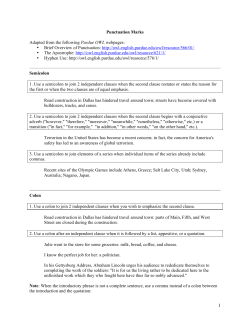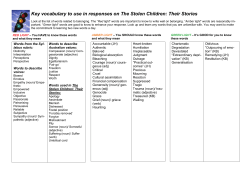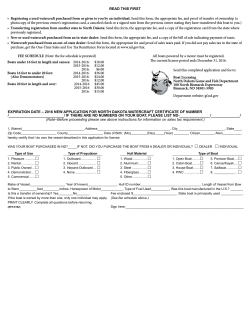
Document 234449
Uni-edit English Writing Tip: How to use hyphens correctly (Part B) Level of difficulty: Advanced Editors at Uni-edit often need to correct the use of hyphens during English editing of manuscripts. Correct use of hyphens shows the author's advanced command of English and helps to make detailed descriptions clear. The hyphen, which is a very short horizontal line that looks like this '-', is very helpful to disambiguate modified words, which will make your writing clearer. Hyphens are used often in all academic writing in English. Hyphens cause writers more trouble than any other form of punctuation, except perhaps commas. This may be because the hyphen has no analogue in speech; it is punctuation created purely by the needs of print. The point of the hyphen is to avoid ambiguity for the reader. Let's look at some common uses and misuses: Rule: Do not hyphenate when the adverb ends in 'ly' Correct: The highly toxic substance was handled carefully. Incorrect: The highly-toxic substance was handled carefully. Rule: Do not hyphenate compounds that come after the noun Don't hyphenate most compound modifiers if they occur after the noun being modified, even if hyphenating them before the noun. Correct: The proposal was well documented. The professor said: "This really is a well-documented proposal." Incorrect: The proposal was well-documented. Correct: He has a 42-foot-long boat. Correct: His boat is 42 feet long. Incorrect: His boat is 42-feet-long. Use a hyphen for repeated actions Copyright Uni-edit 1 of 2 Not for distribution Correct: We re-applied the coating. This means the coating was applied for a second time. The hyphen makes it clear for the reader that the ‘re’ means a repeated action. Writing some numbers Use a hyphen for writing numbers twenty-one to ninety-nine and fractions. Correct: He is one-quarter Irish. Correct: Twenty-one people participated in the experiment. Suspended Compounds With a series of nearly identical compounds, we sometimes delay the final term of compound until the last instance, allowing the hyphen to act as a kind of placeholder. Correct: The third- and fourth-grade teachers met with the parents. Correct: Both full- and part-time employees will get raises this year. Correct: We don't see many 3-, 4-, and 5-year-old children around here. Correct: Follow standard pre- and post-operative procedures. Adding certain prefixes When a prefix comes before a capitalized word or the prefix is capitalized, use a hyphen. The prefixes self-, all-, and ex- nearly always require a hyphen, and when the prefix ends with the same letter that begins the word, you will often use a hyphen, but not always. Correct: A-frame, I-formation, self-control, anti-intellectual, de-emphasize, non-English Special cases: unnatural, coordinate, cooperate (a journal or publisher may have house rules on whether or not to hyphenate these words) END OF TIP Copyright Uni-edit 2 of 2 Not for distribution
© Copyright 2025










